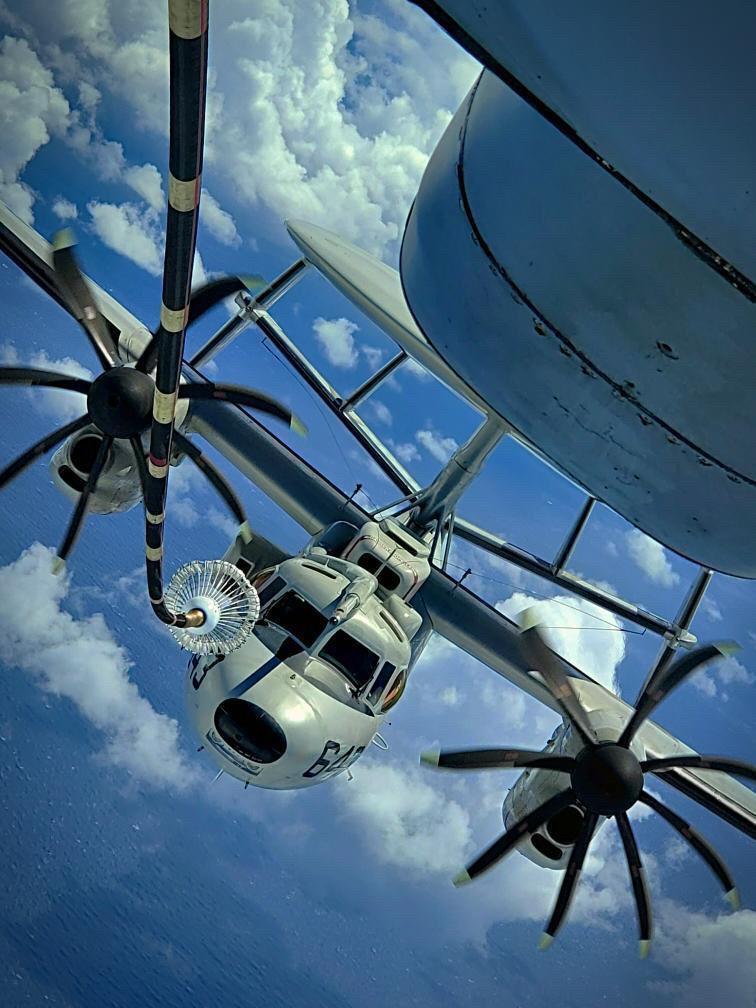
VIDEO: Aerial Refueling for E-2Ds Will Expand Reach of Carrier Strike Groups
The Navy is bringing an aerial refueling capability to its E-2D Advanced Hawkeye command and control fleet, with the first…
Copyright 2024 U.S. Naval Institute. All Rights Reserved.